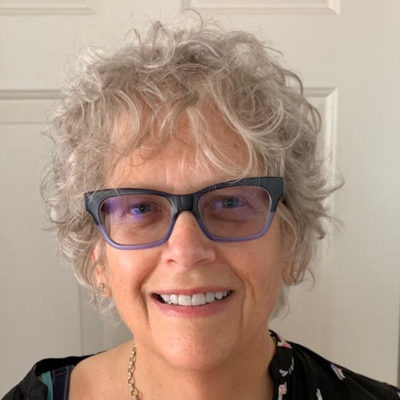Accountable Communities for Health (ACH) is a groundbreaking new model for addressing community health issues. Until now, the various community institutions worked in silos to improve individual and community health. For example, hospitals and health plans focused on providing traditional health care. Meanwhile, community-based organizations focused on addressing social determinants of health—such as poverty, community violence, unemployment and food deserts—rarely having an opportunity to collaborate with the local hospital. Schools, public safety organizations, parks and local businesses developed their own strategies that focused on their isolated sectors. Meanwhile, the community residents were seldom involved or consulted.
However, to achieve health equity, all these institutions must work together. And that is what an ACH does. It brings together different actors within a community—clinical providers, the public health department, schools, social service agencies, community organizations, residents and others—in a collective effort to address the complex issues that community is facing.
ACHs are starting to pop up across United States, but the ones in California showed just how powerful and transformative this health model can be. Currently, California has 13 ACHs in 13 communities across the state. Each ACH focuses on their community, but they are all part of a network called CACHI—California Accountable Communities for Health Initiative—which acts as a central hub. Each ACH acts as a catalyst that brings partners together and facilitates everything from data collection and clear communication, to vision setting and collective direction.
If each ACH is a network of local actors, CACHI is a network of networks. Ultimately, CACHI envisions a health system that is capable of fundamentally changing health outcomes by coordinating interventions, promoting prevention, and organizing resources to focus on the most effective strategies.
When it was first launched in 2016, CACHI was a proof of concept Cal Wellness was excited to support, along with other health funders. Since then, the 13 ACH sites across California have been so effective that the state included $15 million in the most recent budget to support this innovative model. CACHI is now getting ready to launch 25 more ACH sites.
We spoke with Barbara Masters, executive director of CACHI, to learn how they are using a partnership model to transform the health system and build a healthier, more equitable California. Our conversation has been edited and condensed for clarity.

